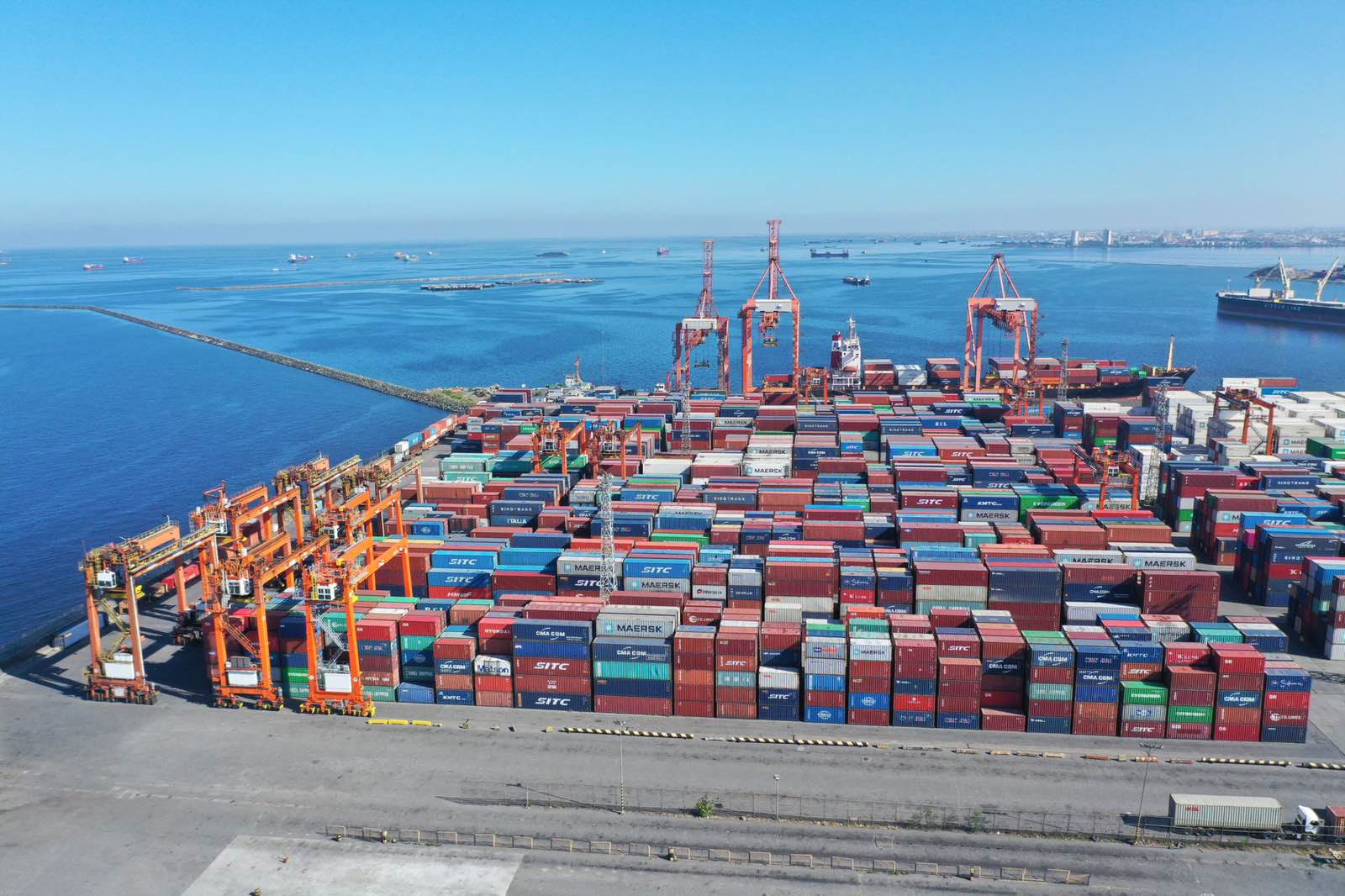Current account swings to $13-B surplus

The country’s current account swung to a $13 billion surplus last year, the highest since at least 2005.
Data released by the Bangko Sentral ng Pilipinas (BSP) on Friday showed the current account posted a surplus of $12.979 billion, which is equivalent to 3.6% of the country’s gross domestic product (GDP). This is a turnaround from the $3.047-billion deficit in 2019 which is about 0.8% of the country’s economic output.
BSP data showed this is the highest since at least 2005, which is the year the central bank started adopting the preset format of the current account.
In the fourth quarter alone of 2020, the current account yielded a surplus of $4.2 billion, a reversal from the $342-million deficit in the same period of 2019.
“This was attributed mainly to the narrowing of the deficit in trade in goods accounts. Trade in services recorded higher net receipts, while net receipts of primary and secondary income declined during the quarter,” the central bank said in a statement.
The current account depicts the country’s overall economic interaction with the rest of the world and includes flows related to trade in goods and services; remittances from overseas Filipino workers; profit from Philippine investments abroad; interest payments to foreign creditors; as well as gifts, grants and donations to and from abroad.
The surplus seen last year was mainly due to the trend seen in the country’s external trade, UnionBank of the Philippines, Inc. Chief Economist Ruben Carlo O. Asuncion said.
“The current account surplus was largely supported by the slight rebound of exports last year vis-a-vis the persistent double-digit growth decline of imports due to the collapse of local demand and production,” Mr. Asuncion said in a Viber message.
This year, the central bank expects a surplus of $9.1 billion for the current account, which is equivalent to 2.3% of the GDP.
Mr. Asuncion said developments including better trade prospects amid reopening measures as well as the faster-than-expected recovery in the global economy.
Data from the Philippine Statistics Authority showed exports dropped 10.1% to $63.8 billion while imports shrank 23.3% to $85.6 billion in 2020.
This year, the BSP expects both goods export and import to grow by five percent and eight percent, respectively.
